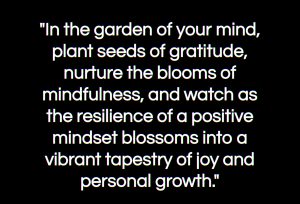In the fast-paced world we live in, it can be challenging to find time for self-care and relaxation. However, you can achieve rejuvenation without breaking the bank or needing complicated setups. Indeed, there are simple and accessible techniques that can effectively replenish our energy and revitalise our spirits. Discover simple practices that can have a profound impact on our well-being, from taking a deep breath to stepping outside for a dose of fresh air. Get ready to discover some easy and affordable techniques that can help you relax, reduce stress, and boost your overall well-being. Join us on this blog as we explore these simple strategies that anyone can incorporate into their daily routine.
Simple Rejuvenation Techniques
Deep Breathing Exercises: Take a few moments throughout the day to engage in deep breathing exercises. Inhale deeply through your nose, allowing your abdomen to expand, then exhale slowly through your mouth, releasing tension with each breath. This simple practice can help calm the mind, reduce stress, and increase oxygen flow to the brain.
Mindful Walking: Take a break from your daily routine and go for a mindful walk outdoors. Pay attention to the sensations of each step, the sights and sounds around you, and the rhythm of your breath. Walking mindfully can help clear your mind, boost your mood, and foster a sense of connection with nature.
Stretching Breaks: Incorporate brief stretching breaks into your day to relieve tension and improve flexibility. Focus on areas of the body that tend to hold tension, such as the neck, shoulders, and lower back. Simple stretches like shoulder rolls, neck stretches, and forward bends can help release tight muscles and promote relaxation.
Journaling: Set aside time each day to write in a journal, expressing your thoughts, feelings, and experiences. Journaling can serve as a form of self-reflection, allowing you to gain insights, process emotions, and cultivate a sense of inner peace. You don’t need fancy journals or elaborate writing prompts; simply grab a pen and paper and let your thoughts flow.
Mindful Eating: Practice mindful eating by savouring each bite of your meals and paying attention to the flavours, textures, and sensations in your mouth. Avoid distractions like screens or multitasking, and instead, focus on fully experiencing the act of eating. Mindful eating can enhance your appreciation for food, improve digestion, and promote a greater sense of satisfaction after meals.











